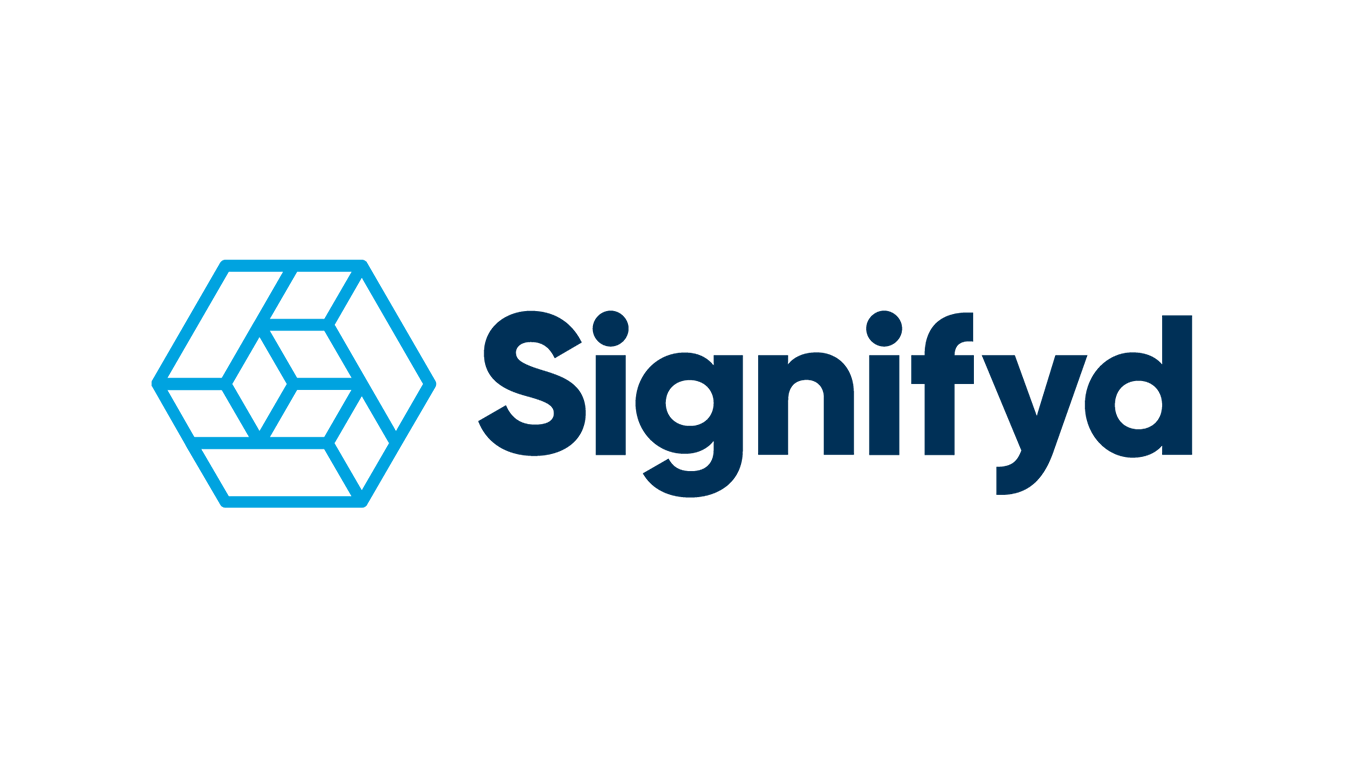PayPal and Perplexity Launch Instant Buy Ahead of...
- 26.11.2025 03:05 pm
Pingo Doce Launches Online Store With Checkout.com to...
- 21.11.2025 01:05 pm
Experiences Set for Black Friday Breakout in 2025,...
- 20.11.2025 08:15 am
PayPoint Expands Into E-Commerce Through Handepay...
- 18.11.2025 09:00 am
Chargebacks911 Says Singles’ Day Profits Are at Risk...
- 10.11.2025 02:45 pm
AI Agents Set to Transform How Brits Shop – £29...
- 05.11.2025 09:55 am
Primer Sets a New Standard for All Checkouts,...
- 16.10.2025 10:15 am
Klarna and Google Cloud Enter Strategic AI Partnership...
- 10.10.2025 02:25 pm
Stripe Partners With Mercari To Power Global Expansion...
- 30.09.2025 08:35 am
New Survey: One In Four Companies Lose More Than $1...
- 24.09.2025 12:15 pm
Bolt Launches Activate, a Founder-First Program to...
- 19.09.2025 11:05 am
Przelewy24 and Liberis Join Forces to Revolutionize e-...
- 16.09.2025 10:45 am






















